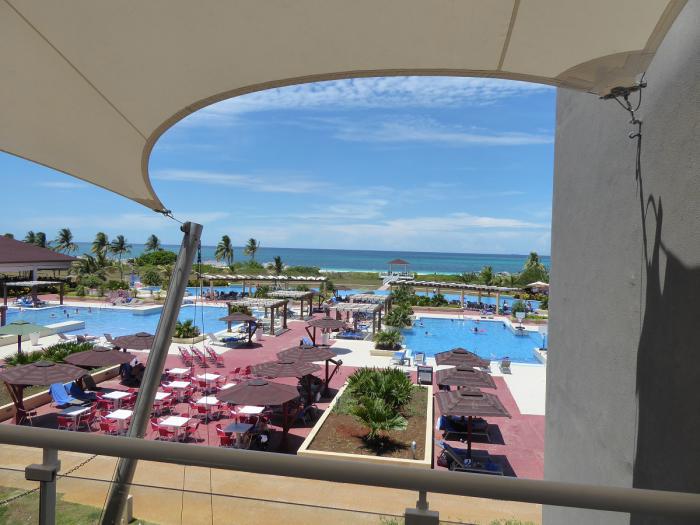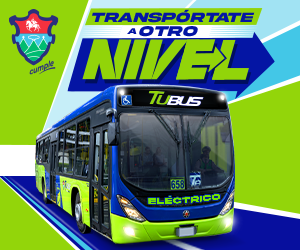With an infrastructure constructed in harmony with nature over more than two decades, the Cuban beach resorts of Jardines del Rey and Cayo Santa María, off the northern coast of the provinces of Ciego de Ávila and Villa Clara, respectively, continue their consolidation as essential tourist destinations.
Available, between the two, are 46 four and five-star hotels, with more than 19,000 rooms open to national and international tourism, placing them among the most attractive sites in Cuba and the entire Caribbean.
Gran Caribe’s Pullman Cayo Coco and Gaviota’s Playa Paraíso welcomed the first post-epidemic visitors to Cayo Coco, while to the north of Villa Clara, facilities re-initiating operations include the Hotel Playa Cayo Santamaría, Iberoestar Ensenacho, Meliá Las Dunas and Dhawa Cayo Santa María, reported Iyolexis Correa Lorenzo and Regla Dayamí Armenteros Mesa, provincial representatives of the Ministry of Tourism in Ciego de Ávila and Villa Clara, respectively, who specified that the re-opening will be gradual, as arrivals of international tourists increase.
The Ministry reps noted that, although no date for the arrival of the first visitors has been established, packages are on sale in several countries, mainly in the Canadian market, which has in this region its preferred Cuban destination, and the airlines Transat, Sunwing and Northwind with direct flights to airports in Santa Clara and Jardines del Rey.
At both the Cayo Coco airport and the Abel Santamaría airport, staff is trained and equipment on hand to follow the established sanitary protocol of taking travelers temperature and other precautions, before vacationers board buses, which will take them directly to hotels on the keys, with no intermediate stops.
At this time, international tourist activity will be limited to the keys, where visitors can choose excursions that include nautical, gastronomic and extra-hotel options, dolphinarium shows, car rental, boat rides and other tours to complement a pleasant stay.
Hotels have prepared alternatives to guarantee social distancing, reducing the number of guests accommodated, while offering full services with an appropriate level of occupation.
Regarding hotel cabarets, nightclubs and discos, it was explained that these will be opened at 30 to 50% capacity; while car rentals are limited to travel only on the keys.
Since mid-March this year, when both destinations were obliged to close their doors due to SARS-COV-2 and the pandemic that changed the destiny of millions of people around the world, staff members were never inactive, sitting back or waiting idly for better times.
Correa reported that the workforce has devoted their time to painting and maintenance of facilities, including air conditioning equipment, kitchens, swimming pools, rooms, common areas and landscaping.
This has allowed the hotels and other tourist facilities on Coco and Guillermo keys to offer a renewed product, now certified as Hygienic and Safe Tourism, based on agreements between the Cuban ministries of Tourism and Public Health.
For her part, Armenteros mentioned the mandatory use of hand disinfection with 0.1% sodium hypochlorite or 70% alcohol solution at hotel entrances and regular cleaning of surfaces with disinfectants, to prevent contagion, since the virus can survive almost anywhere .
The use of latex, polyurethane or polyethylene gloves by cleaning staff will be compulsory, as well as the use of disinfectant supplies, in addition to the cleaning and disinfection of kitchen-dining utensils, following established procedures.
Staff will work seven consecutive days, followed by quarantine for the same period of time and the regular administration of quick tests for the virus.
While facilities on these keys were the first to close their doors to Cuban and international vacationers in the month of March, due to the COVID-19 pandemic, they were the first to re-open July 1: Cayo Coco, Cayo Guillermo, Cayo Cruz and Cayo Santa María, “since they are among Cuba’s principal beach resorts and located in isolated areas,” the Ministry authorities stated.
Resources invested in the northern keys of Ciego de Avila and Villa Clara have allowed for the development of infrastructure, which, without exaggeration, can be compared with any in the Caribbean. Projects have not been halted, despite hostile measures by the United States government meant to undermine them.
Since the times on these keys are not the same as those when the famous Nobel Prize winner Ernest Hemingway wrote his novels and swatted mosquitoes, while sailing his yacht Pilar through the waters of the region, authorities charged with ensuring the safety of visitors and staff at both resorts are taking all precautions, especially in this phase of the recovery which includes re-opening the doors to these renowned destinations in constant development.
Source: Granma.






































